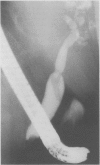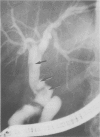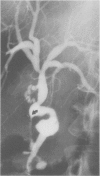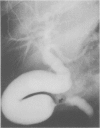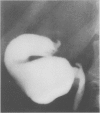Abstract
Twelve of 178 (7%) liver transplant patients underwent endoscopic retrograde cholangiopancreatography (ERCP) after transplantation. The indications for ERCP were persistent or late onset cholestasis, recurrent cholangitis, and suspected biliary leaks or strictures. The time between transplantation and ERCP ranged from 44 to 330 days (median 153 days). Biliary complications diagnosed by ERCP included biliary sludge in the form of casts, calculi, or debris (n = 7); bile leaks (n = 2); a biliary stricture (n = 1), and complete biliary obstruction (n = 1). One patient had a normal cholangiogram after transplantation. Biliary sludge was detected by ultrasound before ERCP in only one of six patients. Eight patients underwent endoscopic papillotomy, followed by clearance of biliary sludge in four and dilatation of a biliary stricture in one. Two patients bled after papillotomy but neither required surgical intervention. At a median follow up of 1.2 years (range 0.5-2.8 years), nine patients are well and three have died. ERCP provides both accurate diagnosis of biliary complications after liver transplantation and treatment that obviates the need for additional surgery in selected patients.
Full text
PDF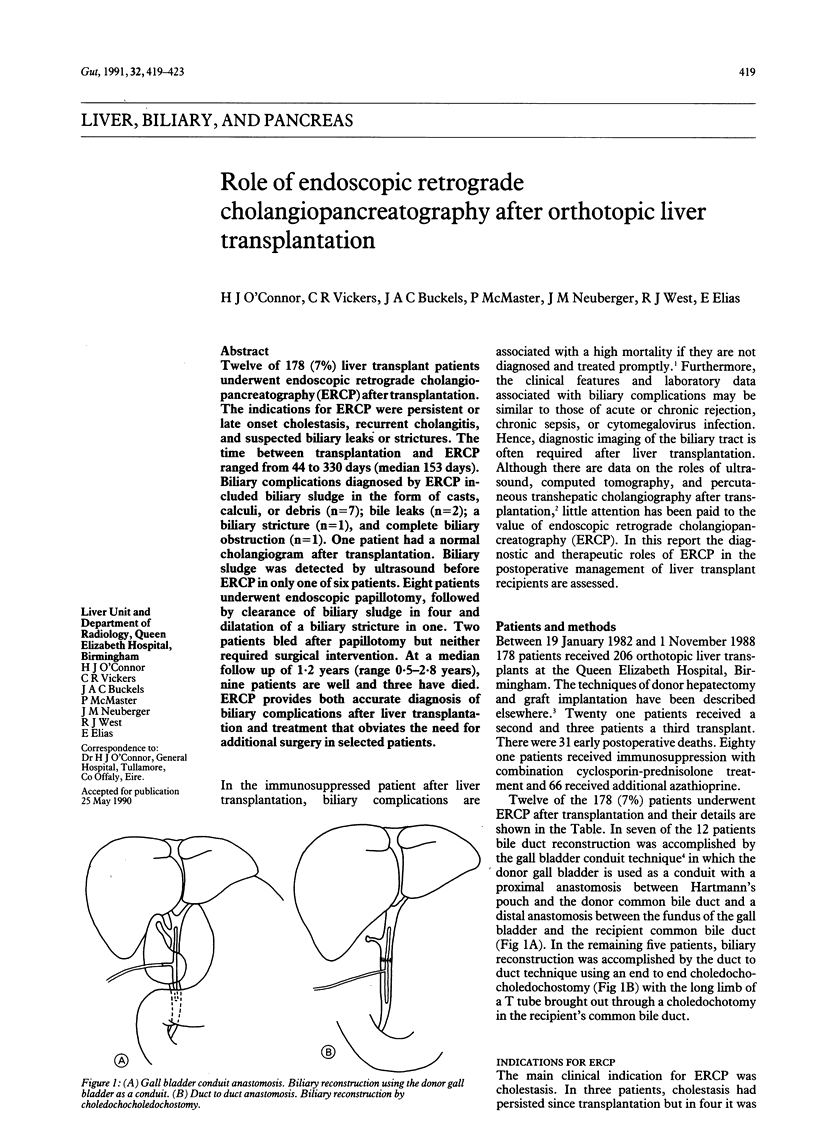
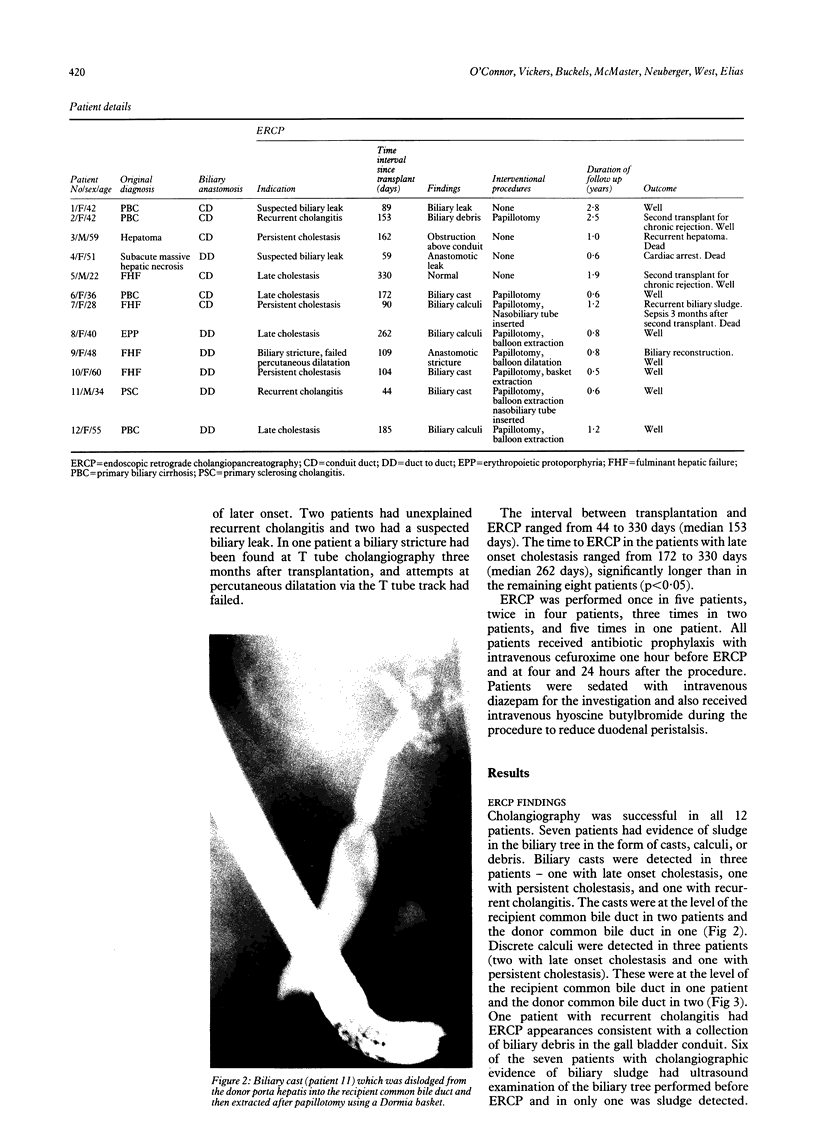
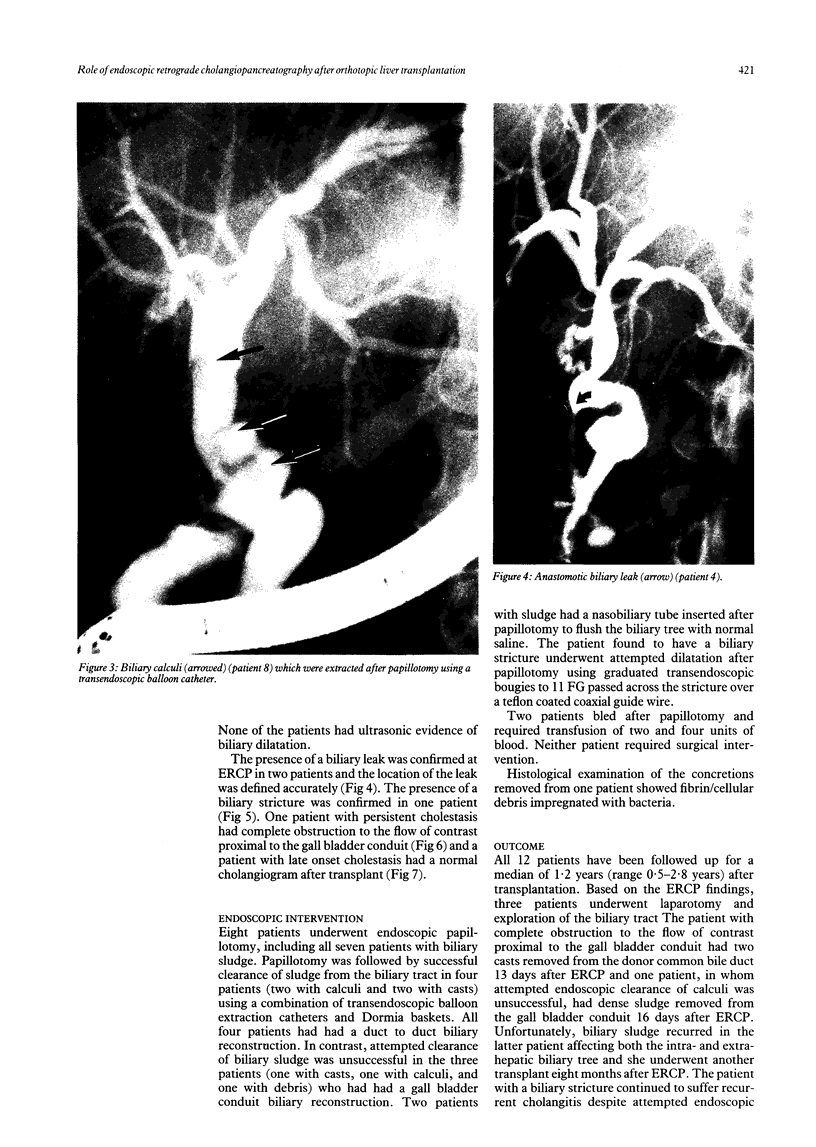
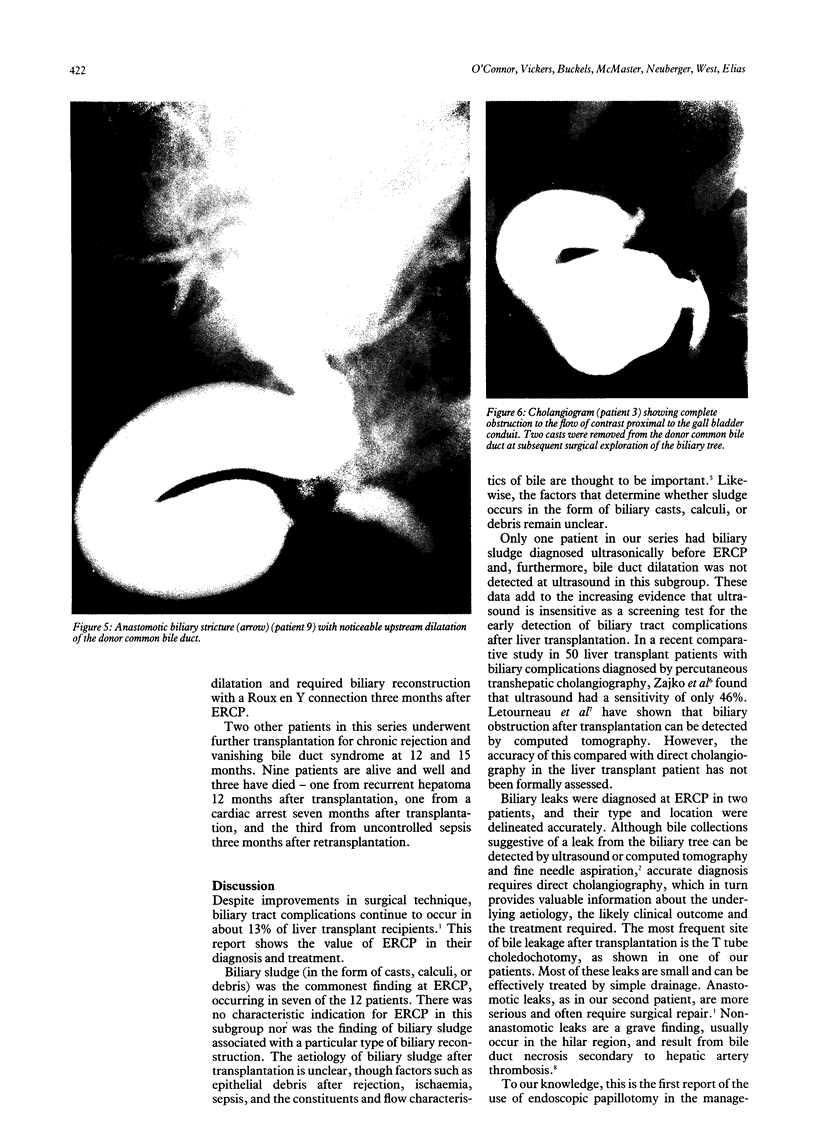
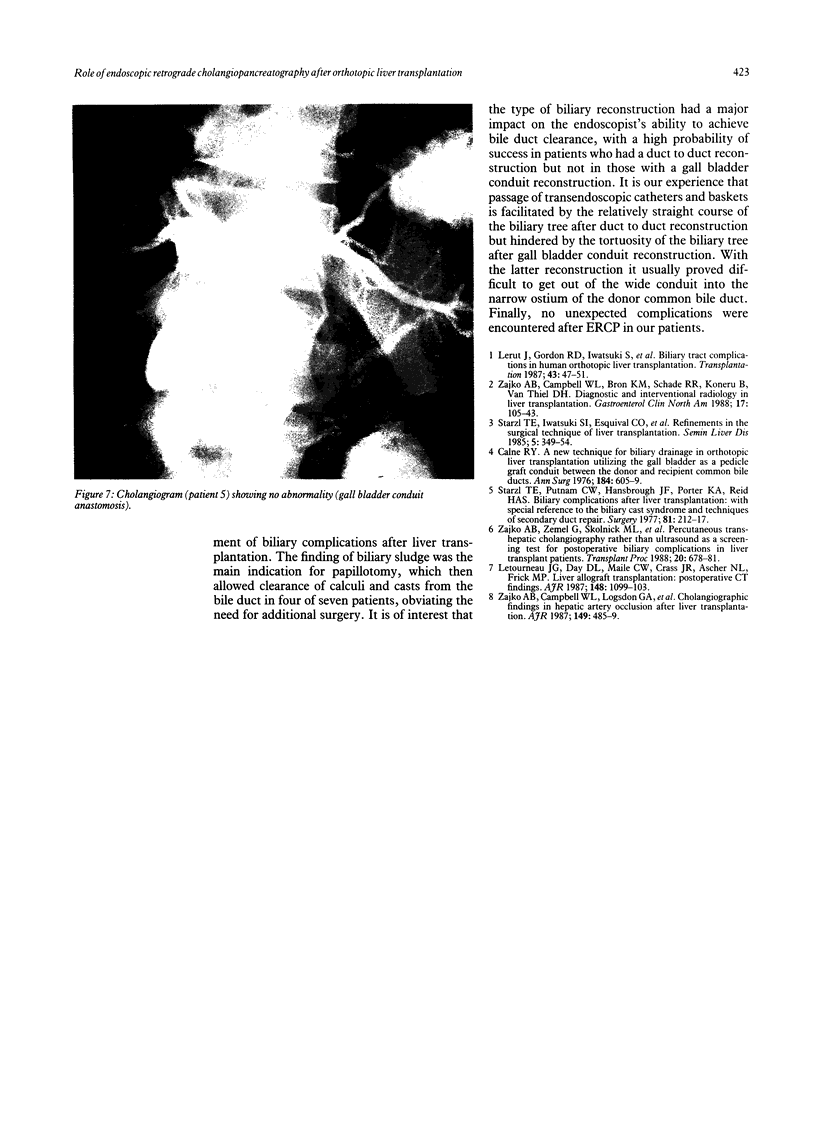
Images in this article
Selected References
These references are in PubMed. This may not be the complete list of references from this article.
- Calne R. Y. A new technique for biliary drainage in orthotopic liver transplantation utilizing the gall bladder as a pedicle graft conduit between the donor and recipient common bile ducts. Ann Surg. 1976 Nov;184(5):605–609. doi: 10.1097/00000658-197611000-00012. [DOI] [PMC free article] [PubMed] [Google Scholar]
- Lerut J., Gordon R. D., Iwatsuki S., Esquivel C. O., Todo S., Tzakis A., Starzl T. E. Biliary tract complications in human orthotopic liver transplantation. Transplantation. 1987 Jan;43(1):47–51. doi: 10.1097/00007890-198701000-00011. [DOI] [PMC free article] [PubMed] [Google Scholar]
- Letourneau J. G., Day D. L., Maile C. W., Crass J. R., Ascher N. L., Frick M. P. Liver allograft transplantation: postoperative CT findings. AJR Am J Roentgenol. 1987 Jun;148(6):1099–1103. doi: 10.2214/ajr.148.6.1099. [DOI] [PubMed] [Google Scholar]
- Starzl T. E., Iwatsuki S., Esquivel C. O., Todo S., Kam I., Lynch S., Gordon R. D., Shaw B. W., Jr Refinements in the surgical technique of liver transplantation. Semin Liver Dis. 1985 Nov;5(4):349–356. doi: 10.1055/s-2008-1040632. [DOI] [PMC free article] [PubMed] [Google Scholar]
- Starzl T. E., Putnam C. W., Hansbrough J. F., Porter K. A., Reid H. A. Biliary complications after liver transplantation: with special reference to the biliary cast syndrome and techniques of secondary duct repair. Surgery. 1977 Feb;81(2):212–221. [PubMed] [Google Scholar]
- Zajko A. B., Campbell W. L., Bron K. M., Schade R. R., Koneru B., Van Thiel D. H. Diagnostic and interventional radiology in liver transplantation. Gastroenterol Clin North Am. 1988 Mar;17(1):105–143. [PubMed] [Google Scholar]
- Zajko A. B., Campbell W. L., Logsdon G. A., Bron K. M., Tzakis A., Esquivel C. O., Starzl T. E. Cholangiographic findings in hepatic artery occlusion after liver transplantation. AJR Am J Roentgenol. 1987 Sep;149(3):485–489. doi: 10.2214/ajr.149.3.485. [DOI] [PMC free article] [PubMed] [Google Scholar]
- Zajko A. B., Zemel G., Skolnick M. L., Bron K. M., Campbell W. L., Iwatsuki S., Starzl T. E. Percutaneous transhepatic cholangiography rather than ultrasound as a screening test for postoperative biliary complications in liver transplant patients. Transplant Proc. 1988 Feb;20(1 Suppl 1):678–681. [PubMed] [Google Scholar]



